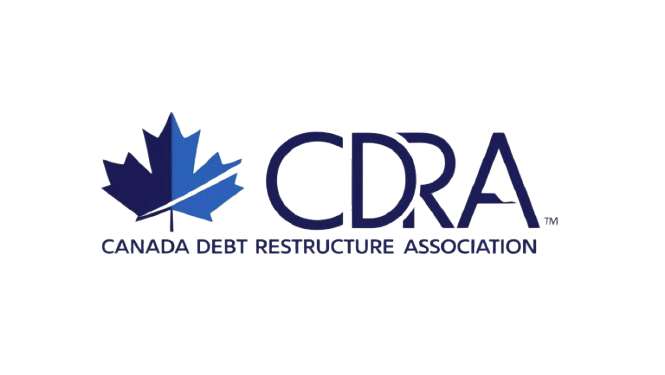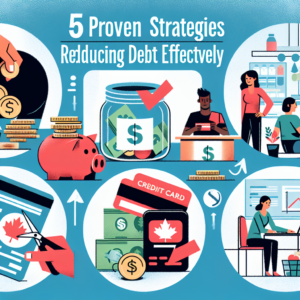Debt management is a crucial aspect of financial health for many Canadians. With rising living costs and fluctuating income levels, managing debt effectively can be challenging. Unfortunately, many Canadians fall into common traps that can exacerbate their financial situations. This article will explore the top three debt management mistakes Canadians often make and provide effective strategies for overcoming these challenges.
Common Debt Management Errors Canadians Should Avoid
One of the most prevalent mistakes Canadians make is relying heavily on credit cards without a solid repayment plan. While credit cards can offer convenience and rewards, they often come with high-interest rates. Many Canadians find themselves in a cycle of debt when they only make minimum payments, leading to exorbitant interest charges that can compound over time. To avoid this pitfall, it’s essential to have a clear understanding of your credit card usage and to prioritize paying down the principal balance rather than just managing the minimum payments.
Another common error is neglecting to budget or track expenses effectively. Without a clear financial plan, it becomes easy to overspend and accumulate debt unintentionally. Many Canadians underestimate their monthly expenses, leading to a situation where debt becomes a necessary means to cover lifestyle choices. To counter this tendency, individuals should adopt a strict budgeting system that accounts for all income and expenses. Utilizing budgeting apps or spreadsheets can provide the necessary clarity and help avoid unnecessary debt.
Lastly, many Canadians do not seek financial advice when they encounter debt challenges. Pride or a lack of knowledge can prevent individuals from reaching out to financial professionals who can provide guidance tailored to their specific situations. Avoiding this mistake involves recognizing when external help is needed and being proactive in seeking advice from certified financial planners or credit counseling services. This step can be pivotal in creating a sustainable debt management plan.
Effective Strategies for Overcoming Debt Challenges in Canada
To tackle debt effectively, Canadians should consider implementing the snowball method for debt repayment. This approach involves paying off the smallest debts first while making minimum payments on larger debts. Once the smallest debt is cleared, the funds that were allocated to it can be redirected to the next smallest debt, creating a snowball effect. This method not only provides a sense of accomplishment as debts are eliminated but also helps build momentum towards paying off larger debts.
Another effective strategy is to consolidate debt. By combining multiple debts into a single loan, Canadians can often secure a lower interest rate, which makes monthly payments more manageable. Debt consolidation can take various forms, including personal loans or balance transfer credit cards. Before pursuing this option, individuals should thoroughly assess their financial situation and ensure that the consolidation will lead to a more favorable repayment scenario.
Lastly, Canadians should consider building an emergency fund to prevent further debt accumulation in the future. An emergency fund serves as a financial safety net that can cover unexpected expenses, reducing the likelihood of relying on credit cards or loans. Setting aside a small amount each month, even if it’s modest, can lead to substantial savings over time. This proactive financial strategy not only aids in debt management but also promotes overall financial stability.
In summary, managing debt effectively is essential for maintaining financial health in Canada. By avoiding common mistakes such as relying too heavily on credit cards, not budgeting, and neglecting to seek professional advice, individuals can take significant steps towards overcoming their debt challenges. Implementing strategies such as the snowball method, debt consolidation, and building an emergency fund can further empower Canadians to regain control over their financial situations. By adopting a proactive approach to debt management, Canadians can pave the way toward a more secure financial future.



